Since I don't know what you know I will explain several related concepts related to single phase sine wave electricity.
The short answer is that the imaginary part of the power arises from the phase shift between the voltage and the current. If they are in phase, the imaginary part is zero. If they are 90 degrees out of phase, the real part is zero. In between those two angles will produce an intermediate result. Now, why?
The first concept is power factor. When a source delivers voltage to a load, the current consumed by the load will be sinusoidal (assuming it is a linear load... like an inductor, capacitor or resistor or combination) but may not be in phase with the voltage. If the load is a resistor, then the current IS in phase with the voltage, meaning that the current peak and the voltage peak occur at the same instant, and the power factor is 1.0.
Here is what that looks like. Notice that the voltage and current always have the same sign. So the product, I(t) * V(t) is always positive, meaning that power is delivered to the load throughout the cycle (except for a single instant at the zero crossing).
If the load is not resistive in nature, then, that is identical to saying that the load is REACTIVE, or that the power factor is less than 1, or that the load contains capacitors and/or inductors. All different ways of saying exactly the same thing.
But, if the voltage and current are not in phase, this means that there is a fraction of every sinusoidal voltage cycle when energy is being delivered to the source from the load (backwards, in other words). This is another way of saying that the load stores some of the energy delivered to it and returns it to the source during other portions of the cycle. Any time that the sign of the voltage waveform is opposite to the sign of the current waveform, energy flow is in the negative direction, from load to source. This is what that looks like. Shaded region between red vertical lines shows where signs are opposite and energy flow is reversed.
The average power being delivered to the load can be obtained by integrating instantaneous power over a full cycle, and dividing by one period. But people have already worked out the shortcut answer that it is IRMS * VRMS * PF where PF is power factor which is cosine of the phase difference between current and voltage. And this is just the real part of the complex power.
The imaginary part, I guess, can be thought of as the energy that doesn't get consumed by the load. When the phase angle between voltage and current is 90 degrees, the signs of voltage and current are opposite half the time, meaning that energy flows back and forth but is not consumed. This is the case where the load is purely reactive (an inductor or capacitor) or the power is purely imaginary, and not real. That looks like this:
